Few trees can rival the beauty of a maple tree in autumn. As the seasons change, maples burst into brilliant shades of scarlet, amber, gold, and crimson, transforming any landscape into a vibrant, picturesque scene. Whether you’re looking to boost curb appeal or simply enjoy the annual show of color in your own backyard, planting a maple tree is one of the best investments you can make.
But to get those dazzling fall colors, planting a maple tree isn’t just about digging a hole and adding water. From choosing the right variety to proper planting, care, and location, every detail matters.
In this guide, you’ll learn how to plant a maple tree the right way—for maximum beauty, vibrant autumn colors, and long-term health.
Why Choose a Maple Tree?
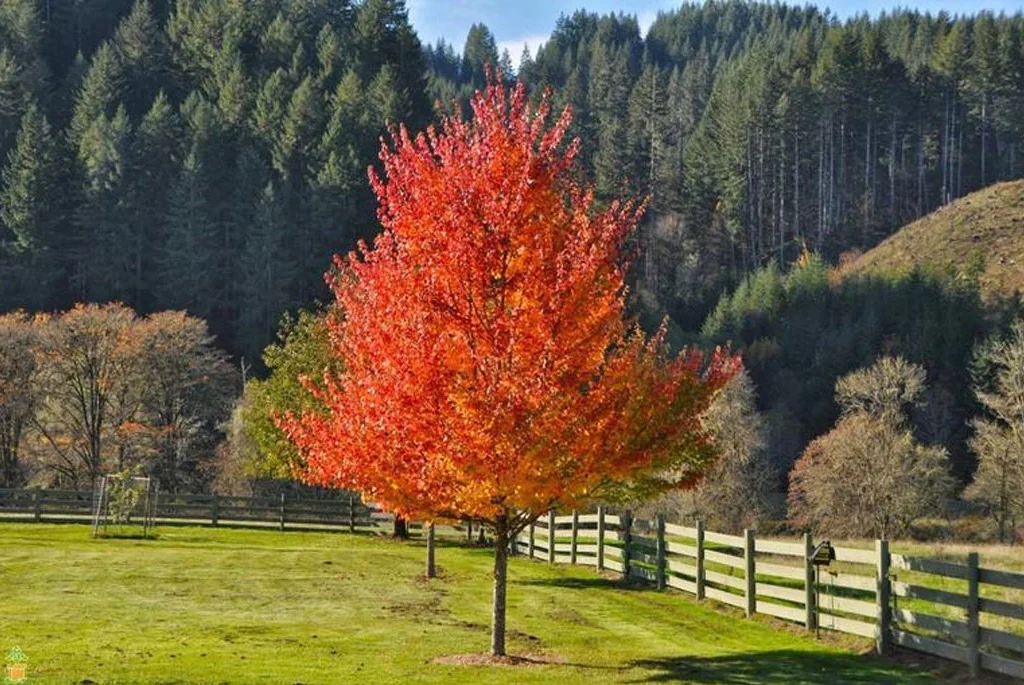
Maples are beloved for several reasons:
- Spectacular Fall Foliage – Known for fiery reds, oranges, and yellows
- Fast to Moderate Growth – Many species establish quickly
- Shade Provider – Broad canopies offer excellent summer shade
- Adaptable – Tolerant of a wide range of soil and climate conditions
- Low Maintenance – Once established, most maples are easy to care for
Best Maple Varieties for Fall Color
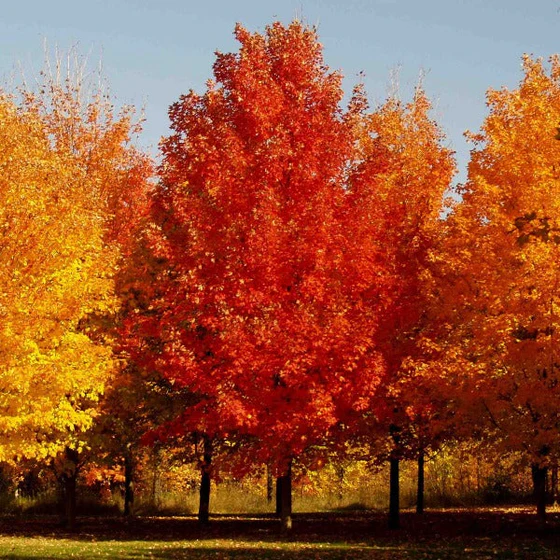
Not all maple trees display the same intensity of color. Some are famous for their bright hues, while others are more subdued. If fall foliage is your main goal, choose one of these standout species:
1. Red Maple (Acer rubrum)
- Height: 40–60 feet
- Fall Color: Bright red, orange, and yellow
- Notes: Fast-growing and highly adaptable to various soil types
2. Sugar Maple (Acer saccharum)
- Height: 60–75 feet
- Fall Color: Golden yellow, burnt orange, and red
- Notes: The classic “New England” fall foliage tree; prefers well-drained, slightly acidic soil
3. October Glory Maple (Acer rubrum ‘October Glory’)
- Height: 40–50 feet
- Fall Color: Deep red to purple
- Notes: Holds onto its leaves longer than most, extending fall color into late autumn
4. Autumn Blaze Maple (Acer × freemanii)
- Height: 40–55 feet
- Fall Color: Brilliant red-orange
- Notes: A hybrid between red and silver maple; fast-growing and hardy
5. Japanese Maple (Acer palmatum)
- Height: 10–25 feet (varies by cultivar)
- Fall Color: Rich red, burgundy, or golden orange
- Notes: Great for smaller yards or ornamental gardens; prefers partial shade
Step 1: Choose the Right Location
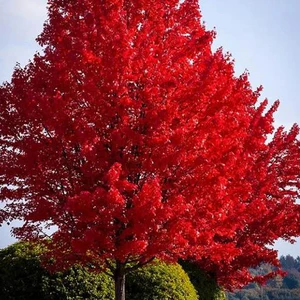
Location is everything when it comes to planting for long-term success and fall color intensity.
What to Look For:
- Full Sun – Aim for at least 6 hours of direct sunlight per day. More sunlight usually means brighter fall color.
- Well-Drained Soil – Maples dislike soggy roots. Avoid low-lying or poorly draining spots.
- Space to Grow – Be sure to plant far enough from homes, power lines, and other trees. Larger maples may need 30–40 feet of spacing.
Pro Tip:
Test your soil pH. Most maples prefer slightly acidic soil (pH 5.5–6.5). You can amend your soil with sulfur or compost to increase acidity if needed.
Step 2: When to Plant a Maple Tree
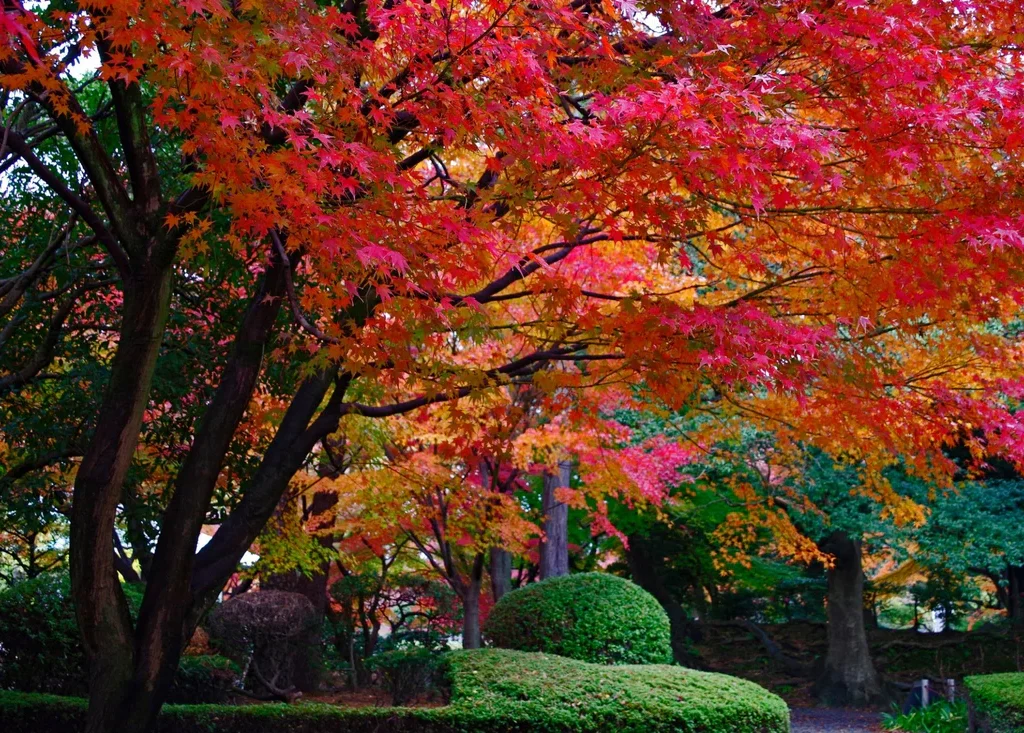
The best time to plant maple trees is during the dormant seasons: early spring or fall.
Best Times:
- Early spring – Before buds break
- Mid to late fall – After leaves drop, but before the ground freezes
Planting during dormancy allows roots to establish before the tree puts energy into leaf or seed production.
Step 3: How to Plant Your Maple Tree – Step-by-Step
What You’ll Need:
- Maple sapling or young tree (bare root or container-grown)
- Shovel
- Compost or organic matter
- Mulch
- Garden hose or watering can
Planting Instructions:
- Dig the Right Hole
- Width: 2–3 times the diameter of the root ball
- Depth: Equal to the height of the root ball (not deeper)
- Loosen the Roots
- For container trees, gently loosen tangled roots. For bare root trees, soak roots in water for 2–3 hours before planting.
- Place the Tree
- Set the tree in the center of the hole. The top of the root ball should be level with or slightly above ground level.
- Backfill with Soil
- Mix your native soil with compost or aged manure. Backfill gently, pressing down to remove air pockets.
- Water Thoroughly
- Water immediately after planting until the soil is saturated. Keep the root zone moist (but not soggy) during the first year.
- Mulch the Base
- Apply 2–3 inches of mulch around the base to retain moisture and suppress weeds—but keep it a few inches away from the trunk to prevent rot.
Step 4: Watering and Caring for Your Maple Tree
Proper care in the first 1–2 years is crucial for establishing a strong root system.
Watering Tips:
- First 3 weeks: Water every 2–3 days
- Next 6 months: Water weekly (unless there is consistent rainfall)
- Second year: Deep water every 10–14 days during dry spells
Avoid overwatering. A good rule: Stick your finger into the soil—if it feels dry two inches down, it’s time to water.
Step 5: Pruning and Maintenance
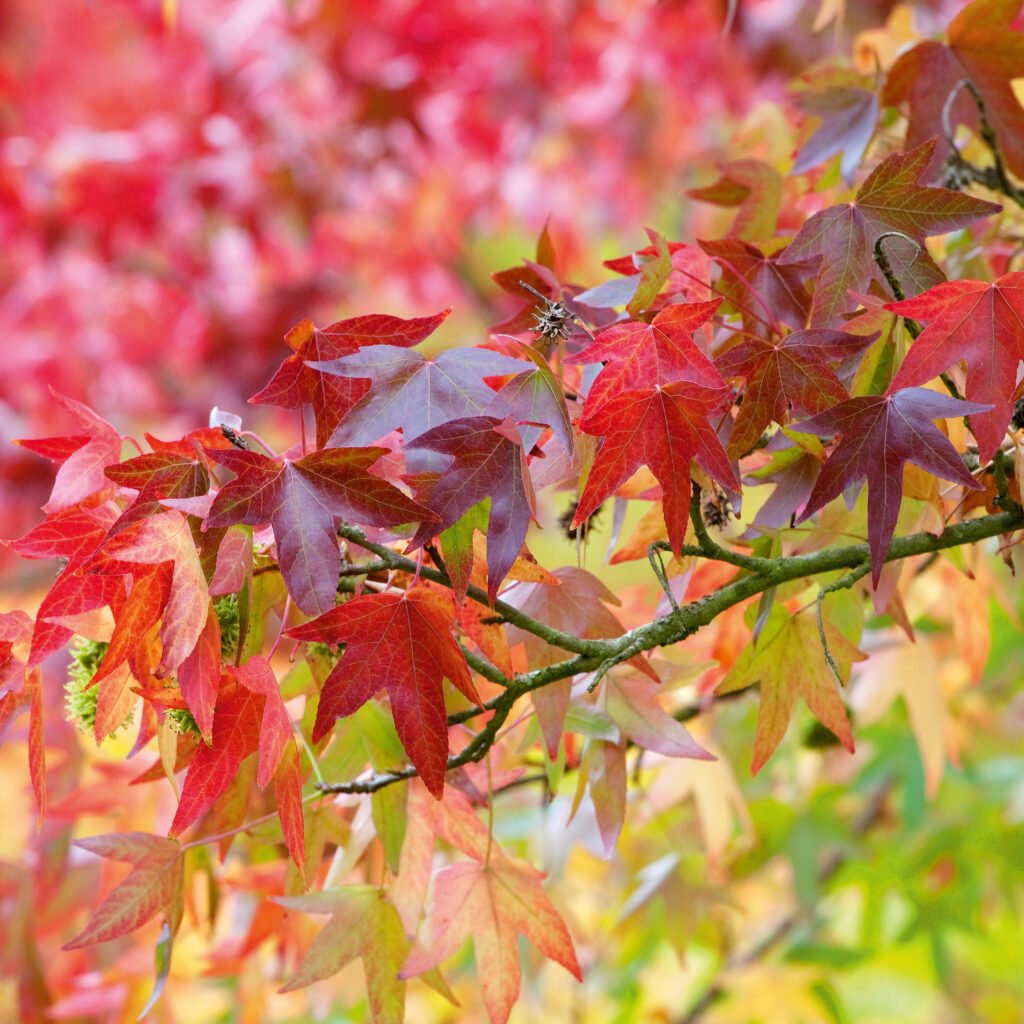
Maple trees don’t require heavy pruning, but some maintenance helps ensure strong structure and health.
Best Time to Prune:
- Late winter or early spring before new growth appears
Prune to:
- Remove dead or damaged limbs
- Shape the tree (especially for young trees)
- Prevent crowded or crossing branches
Avoid topping your maple tree—this can ruin its shape and stress the tree.
Bonus Tips for Vivid Fall Color
Fall color is affected by genetics, sunlight, soil, and weather. Here’s how to get the brightest display:
Ensure Full Sun
Shade-grown maples tend to have duller fall colors. Plant in a location with maximum sunlight.
Keep Your Tree Healthy
Pest infestations, drought stress, or poor nutrition can dull leaf color or cause early leaf drop.
Mulch and Fertilize Properly
Use organic mulch to regulate soil temperature. Fertilize in early spring (if needed), but avoid high-nitrogen fertilizers—they promote leaf growth at the expense of color.
Avoid Soil Compaction
Don’t park vehicles or store heavy items under the canopy. Compacted soil limits oxygen and water uptake.
Common Mistakes to Avoid
- Planting too deep: This can suffocate the roots and lead to rot.
- Overwatering: Maples need consistent, not constant, moisture.
- Ignoring pests or disease: Aphids, scale, and verticillium wilt can weaken maples and reduce their fall color.
- Planting too close to structures: Large maples need ample space to grow. Avoid planting near foundations, driveways, or underground pipes.
Final Thoughts
Planting a maple tree is more than just a landscaping decision—it’s an investment in years of breathtaking autumn beauty. With the right species, proper location, and a little care, your maple tree will reward you with brilliant, fiery foliage each fall—turning your yard into a natural masterpiece.
So grab a shovel, pick your favorite maple, and get ready to enjoy the best show of the season—right outside your window.
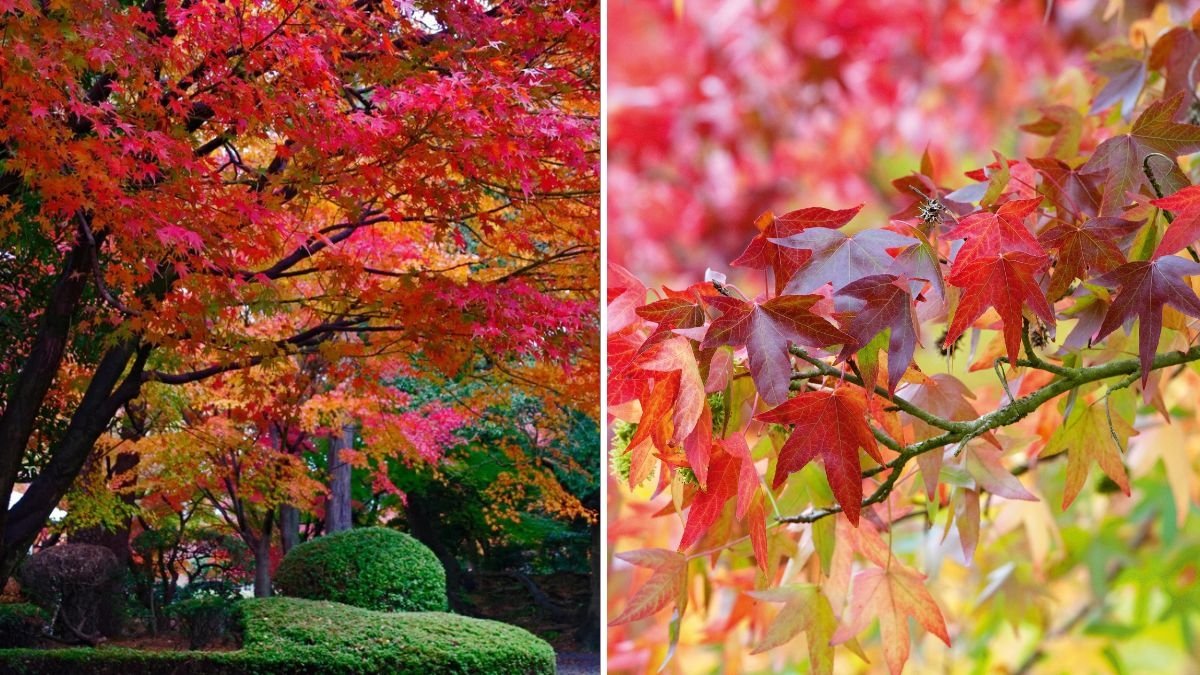
Leave A Comment